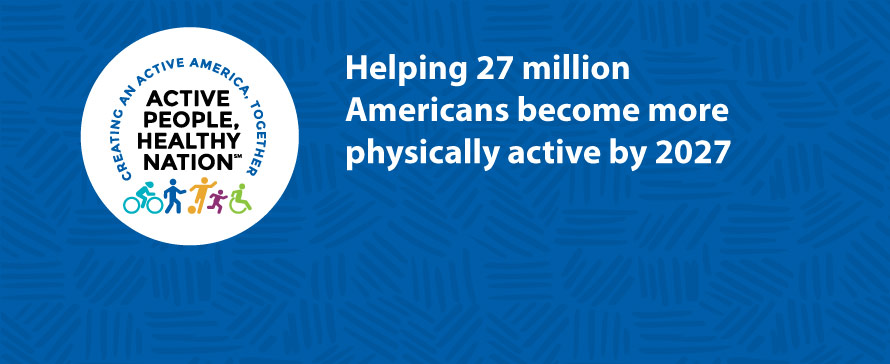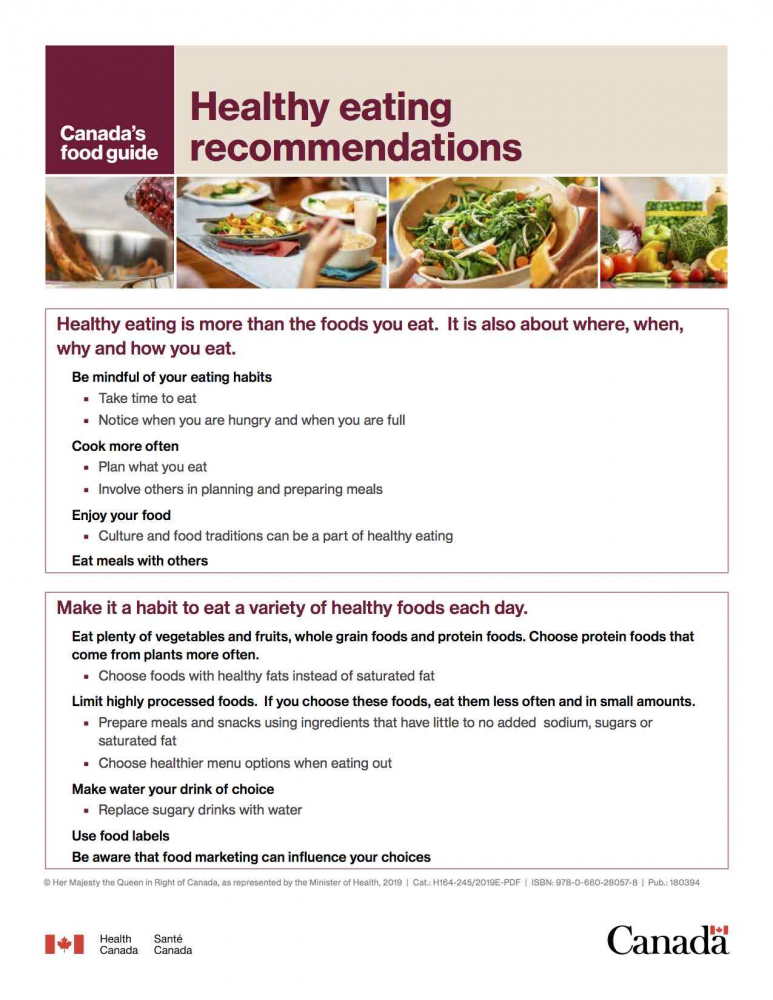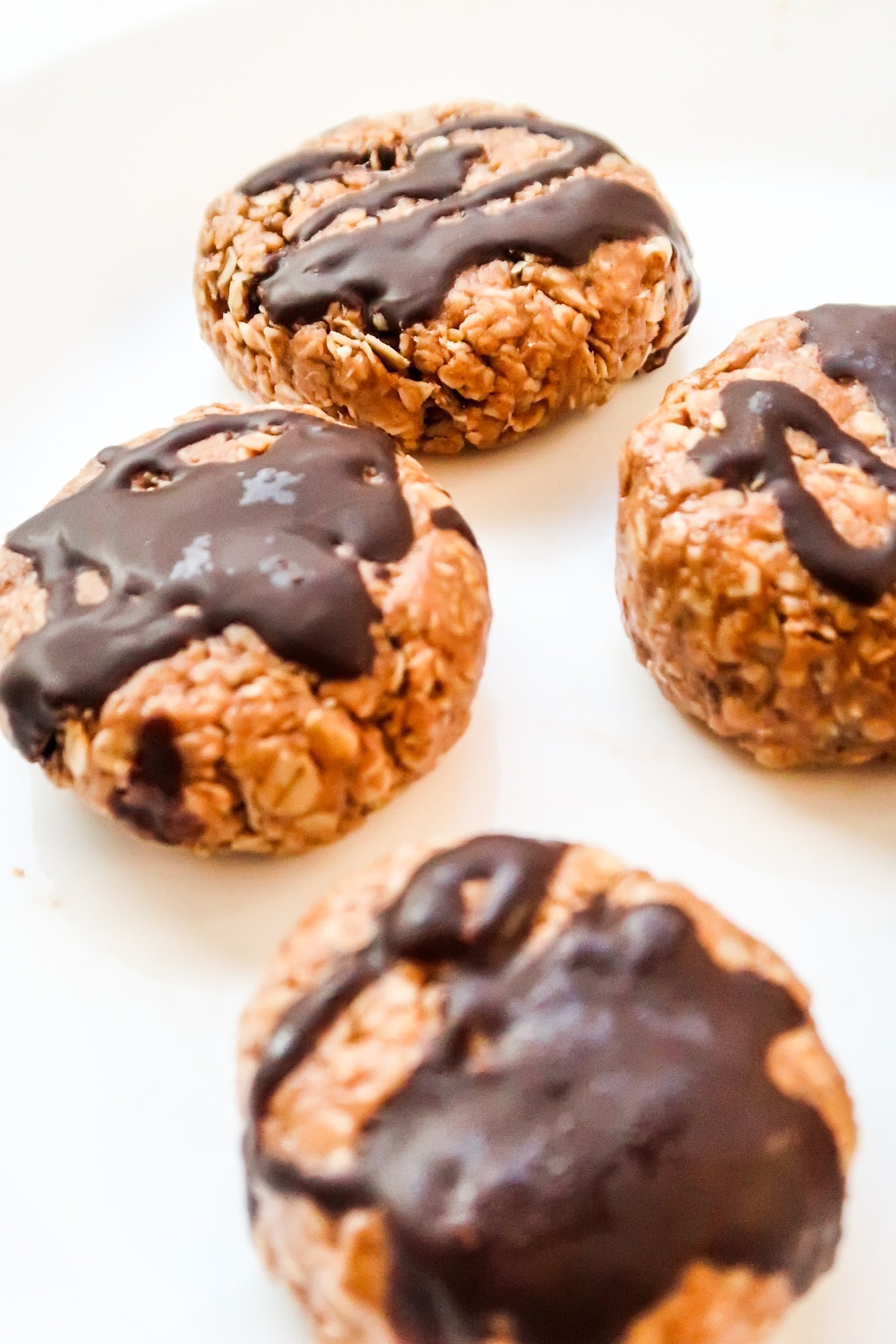
Diabetes control is the most important goal for diabetics. This can easily be achieved through diet and exercise. To control blood sugar, insulin or oral medication are used. In order to regulate insulin levels it is important that you eat three small meals per week. Avoid empty calories like fast foods and soda, as these can spike blood sugar. This article will help you understand how simple changes can make a difference in your health.
A diabetes diet is high in fat, and will increase your blood glucose level. Your glucose level will rise if your are obese. Overweight people are more likely to develop heart disease or cancer. Being physically active and eating a balanced diet rich in fiber, low-fat, sodium, and cholesterol are important aspects of a diabetic lifestyle. Consuming a limited amount of sugar, alcohol and processed foods is another important part of a diabetic lifestyle.

There are many methods to ensure you get enough protein in the diet. High-quality proteins can be found in meats, fish, or poultry. Vegetarians also have the option to consume soy-based tofu or tempeh as well as beans and other legumes. A rainbow of colors is also important for a healthy diet. Even if you do not eat meat or dairy, you should make sure that you eat something with a high amount of proteins.
Healthy living requires a diabetic diet. A diabetic diet is important because people with diabetes are more susceptible to developing heart disease or stroke. A healthy diet will increase your life expectancy as well as lower the chances of developing many other health conditions. By controlling your blood sugar level, you can reduce the risk of developing high blood pressure or cardiac disease. It won't affect an individual's efforts to manage their disorder.
The goal of a diabetic diet is to limit the amount of time that a person spends sitting. This is vital to maintain blood glucose levels. It may be difficult to exercise if a person has high bloodpressure. The patient will need to take medication to manage it. A person suffering from diabetes should limit their exercise to 30 minutes per day. A diabetic diet should limit alcohol consumption. People should also eat more fruits & vegetables.

The ADA recommends a low-fat and low-sugar diabetic diet. This diet should have low amounts of saturated fats, and sugar. It is great to consume 100% fresh fruit juice. Diabetes patients should stop drinking sugary drinks like "cocktails" or any other sugary drinks and stick to water. Also, diabetics should not drink sugar substitutes in soft beverages. A diabetic should also limit their intake of saturated fats.
FAQ
How do you lose weight?
It's not easy to lose weight. Many people give up because they don’t know what else to do.
You can lose weight by following a few simple steps.
First, you must ensure you eat fewer calories than you burn. You will gain weight if you eat more calories than you burn.
The second is to get regular exercise in order burn those calories. You have many options, including walking, biking, dancing and jogging.
Third, stop smoking and drinking alcohol. These habits will cause you more calories than normal.
Fourth, you need to cut back on fatty foods and junk food. You can replace these unhealthy foods with healthier choices like fruits, vegetables, lean proteins, whole grains and nuts, seeds and beans, as well as other healthy options such a legume, fruit, vegetable, legumes, whole grain, nuts, seeds, and beans.
Fifth, change your lifestyle. You might need to get up earlier every morning to do some exercise before going to work.
Sixth: You must be disciplined, and you must follow your diet plan.
For those extra calories, you could join a class or go to a gym.
These simple tips will help you quickly see results.
Cardio Exercise: Good or Bad for Your Health?
Cardiovascular exercise has many benefits. It improves blood flow, strengthens your heart muscle and increases stamina.
Cardiovascular exercise includes running, biking, hiking, swimming, tennis, basketball, soccer, volleyball, football, etc.
It is important to keep in mind that cardio exercises should not only be performed at a high level of intensity, but also at low levels. Doing this could lead to injury.
The cardiovascular exercise should only be performed if you feel good.
You should never push yourself beyond your limits. This could lead to injury.
When you engage in cardiovascular exercise, it is best to warm up first. Next, increase your intensity gradually.
Listen to your body. If you feel pain during cardiovascular exercise, stop immediately.
It is also advisable to rest after a cardiovascular workout. This allows your muscles time to recover.
To lose weight, you should include cardiovascular exercise in your daily routine.
It is the best way for you to lose calories and decrease belly fat.
Why Metabolic Well-being is the Key to Aging Well
People are living longer lives today than at any point in history. However, as they age, so do their chances of getting sicker. And while we've made great strides in medical science, it's becoming increasingly clear that our current approach isn't working.
We need to change how we think about health and aging. To achieve healthy aging, we must look at metabolic health as more than just weight loss. It is also important to consider overall wellness.
Your metabolism must be strong and healthy to ensure you live an active lifestyle for many years to come.
There are many ways you can improve your metabolic health. You can improve your metabolic health by incorporating these 7 foods in to your diet.
-
Blueberries contain resveratrol, which has been shown to help support cellular longevity. They are also rich in vitamins C & E and antioxidants.
-
Pinto beans and lentils make excellent sources of fiber as well as plant-based protein. These nutrients are important for maintaining blood sugar levels that don't spike, crash or change.
-
Broccoli contains the antioxidant sulforaphane. This has been shown in studies to protect DNA. It could even slow down the growth of cancer.
-
Chia seeds are rich in fiber and omega-3 fatty acid. They are high in protein and antioxidants. All of these nutrients can promote heart health and brain function as well as gut health.
-
Green Tea contains polyphenols called caechins. Studies have shown that green tea contains catechins which are linked to lower bone fractures and cardiovascular disease. They also reduce cognitive decline and diabetes risk.
-
Salmonis a great source of lean protein. It is low in saturated fat and high in vitamin D.
-
Walnuts are rich sources of omega-3s and antioxidants, such as alpha lipoic (ALA). ALA helps boost energy production and protects against inflammation.
Statistics
- 10 pounds in a month is likely during a lean bulking phase, especially for beginners. (muscleandstrength.com)
- Cardmembers earn 5% Back at Amazon.com with a Prime Credit Card. (amazon.com)
- Candidates and applicants must pass all four tests at 70% (minimum level) to graduate from Basic Deputy U.S. Marshal (BDUSM) Training. (usmarshals.gov)
- Are You One of the 20% of Guys (mh.co.za)
- An estimated calorie range for moderately active adult males falls between 2,200 to 2,800 calories per day, depending on age. (eatright.org)
External Links
How To
How can a man get in shape in 30 days?
Breaking down fitness goals into manageable steps will help you reach your fitness goals.
It is important to work towards your goal every day. This could mean anything from doing 10 pushups for 5 minutes to running 3km.
This will ensure that you see positive results if you practice it consistently over time.
Here, consistency is the key. It is important to persevere until you succeed.
What is the difference in Aerobic Fitness and Anaerobic Fitness
Anaerobic fitness refers to the ability of our bodies to perform intense physical work without oxygen. Anaerobic pathways provide sufficient energy for high-intensity exercise. Anaerobic pathways can include glycolysis, creatinephosphate, the Phosphagen, and lactic acids.
Aerobic fitness, on the other hand, is a sustained low-intensity exercise. Aerobic exercise is a form of aerobic exercise in which oxygen is the primary fuel source for the cells. In other words: The aerobic pathway gives more energy than that of the anaerobic.
You must build your aerobic capacity before you can run a marathon. If you don't focus on increasing your aerobic capacity, you will not be able finish the race.
Aerobic fitness is also referred to as cardiovascular fitness. The most common methods for assessing cardiovascular fitness include VO2 max testing or step tests.
Test VO2 Max
VO2 max is the maximal amount of oxygen (O2) that the body uses during exercise. This test measures the amount of O2 the body can utilize while exercising.
This test can measure your cardiovascular fitness accurately. However, it requires expensive equipment and highly trained professionals to administer the test.
Step Tests
Step tests are a simple but effective way to measure cardiovascular fitness. They involve walking or jogging on a treadmill or track for a certain duration based on your age and weight.
These tests can be conducted almost anywhere and are cheap, simple, and easy. You can, for example, walk for 2 minutes on a treadmill, then rest for 1 min, then repeat the process for 20 minutes. Then, stop. Throughout the entire session, your heartbeat should stay within a set range.
This method is known by the "Bruce Protocol". Bruce was himself a runner and developed the protocol after realizing his heart rate wouldn't increase when he ran for longer distances.